Antimony Potassium Tartrate 98.5%
₹0.00 – ₹6,100.00
Antimony Potassium Tartrate, also known as tartar emetic, is a white crystalline powder used historically as an emetic and expectorant, but now primarily in veterinary medicine and as a mordant. It is toxic and must be handled with care.
Antimony Potassium Tartrate, also known as tartar emetic, is a compound with a notable history of medicinal and industrial applications. However, its toxicity has significantly limited its modern use. Here's a more detailed overview:
Chemical Properties and Characteristics:
- Chemical Formula: K₂Sb₂(C₄H₂O₆)₂
- Appearance: White crystalline powder.
- Solubility: Soluble in water.
- It is a metalloid salt.
Historical and Current Uses:
- Historical Medicinal Use:
- Historically, it was used as an emetic (to induce vomiting) and an expectorant (to promote mucus discharge from the respiratory tract).
- It was also used in the treatment of certain parasitic infections, such as schistosomiasis and leishmaniasis.
- However, due to its toxicity and the availability of safer alternatives, its use in human medicine has largely been discontinued.
- Veterinary Medicine:
- It is still used in veterinary medicine, particularly as a ruminatoric (to stimulate rumen contractions in ruminant animals).
- Industrial Applications:
- It is used as a mordant in the textile and leather industries, helping dyes to adhere to fabrics and leather.
- It has also been used as an insecticide.
Toxicity and Safety Concerns:
- Toxicity:
- Antimony potassium tartrate is a toxic compound.
- Ingestion can cause severe gastrointestinal distress, cardiac toxicity, and even death.
- It can also cause skin and respiratory irritation.
- Handling Precautions:
- It must be handled with extreme care, using appropriate personal protective equipment (PPE).
- Exposure should be minimized.
Key Points:
- While historically significant, the use of antimony potassium tartrate has declined due to its toxicity.
- Its current applications are primarily limited to veterinary medicine and certain industrial processes.
- Due to the toxic nature of this compound, it is very important to handle it with care.
Additional information
| Weight | N/A |
|---|---|
| CAS number | 28300-74-5 |
| Chemical formula | K₂Sb₂(C₄H₂O₆)₂ |
| Molar mass | 613.83 g/mol |
| Physical state | White crystalline powder. |
| Odor | Odorless |
| Melting point | NA |
| Boiling point | NA |
| Density | 2.6 g/cm³ |
| Solubility in water | Soluble in water. |
| Flash point: | Non-flammable. |
| Autoignition temperature | NA |
| Dye Content | NA |
| Vapor pressure | Low |
| UN number | UN 1551 |
| Flammability | Non-flammable |
| Carcinogenicity | Antimony compounds have caused concern regarding potential carcinogenicity. |
| Grade | CP |
| Size | 500 gm, 5 kg, 25 kg |
Only logged in customers who have purchased this product may leave a review.

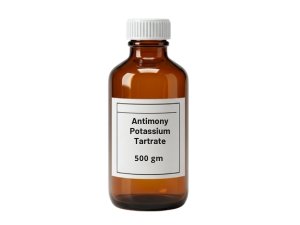

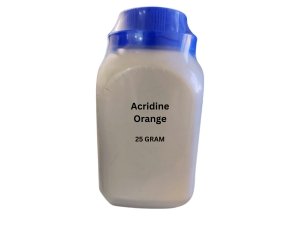
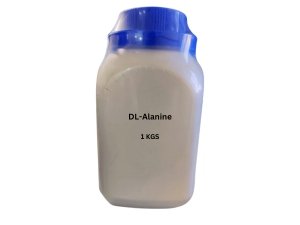
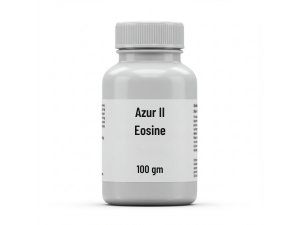
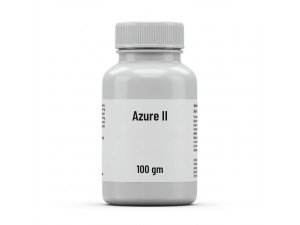
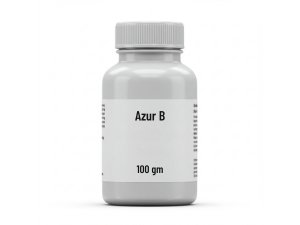
Reviews
There are no reviews yet.